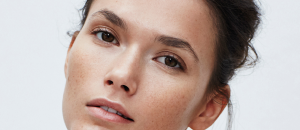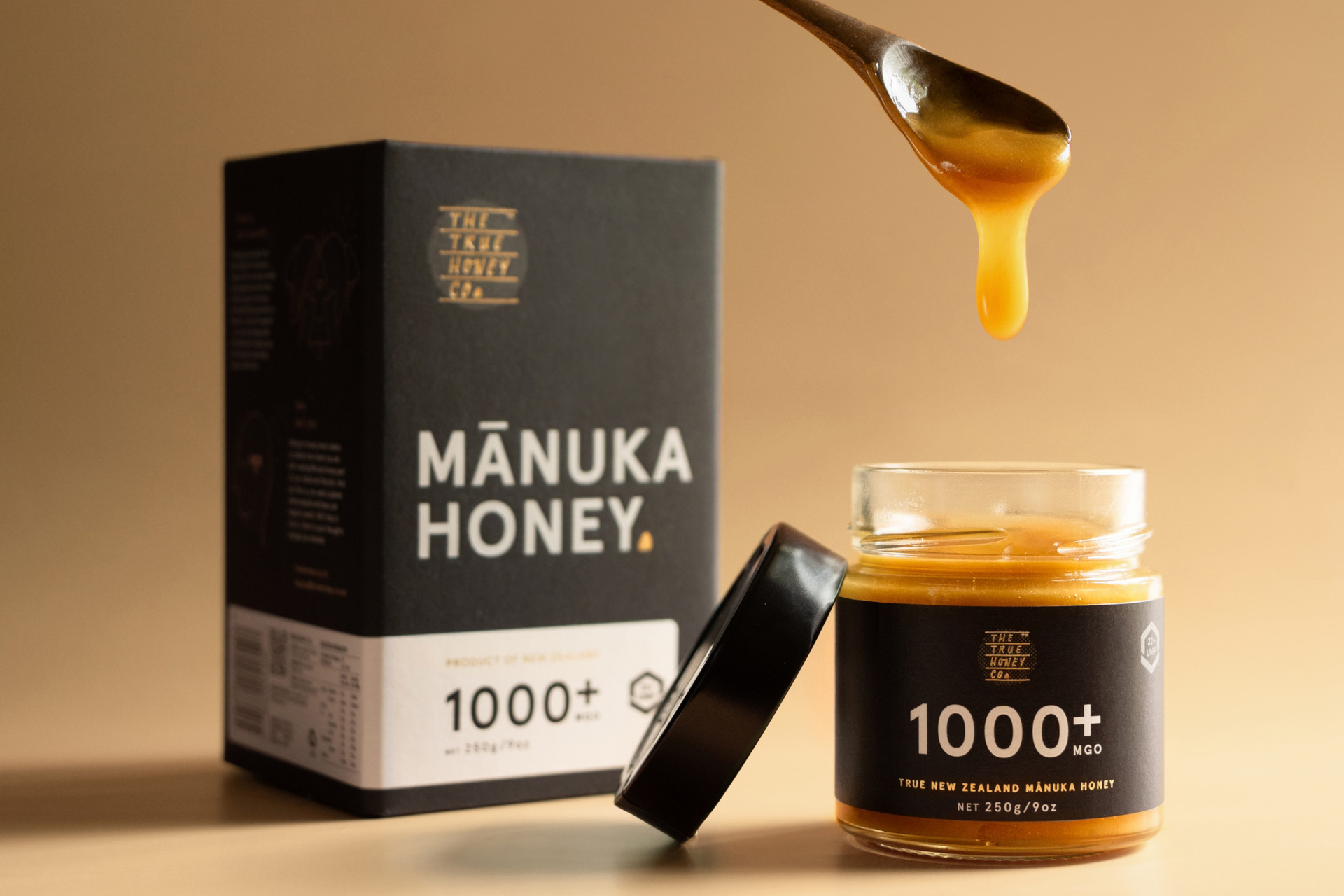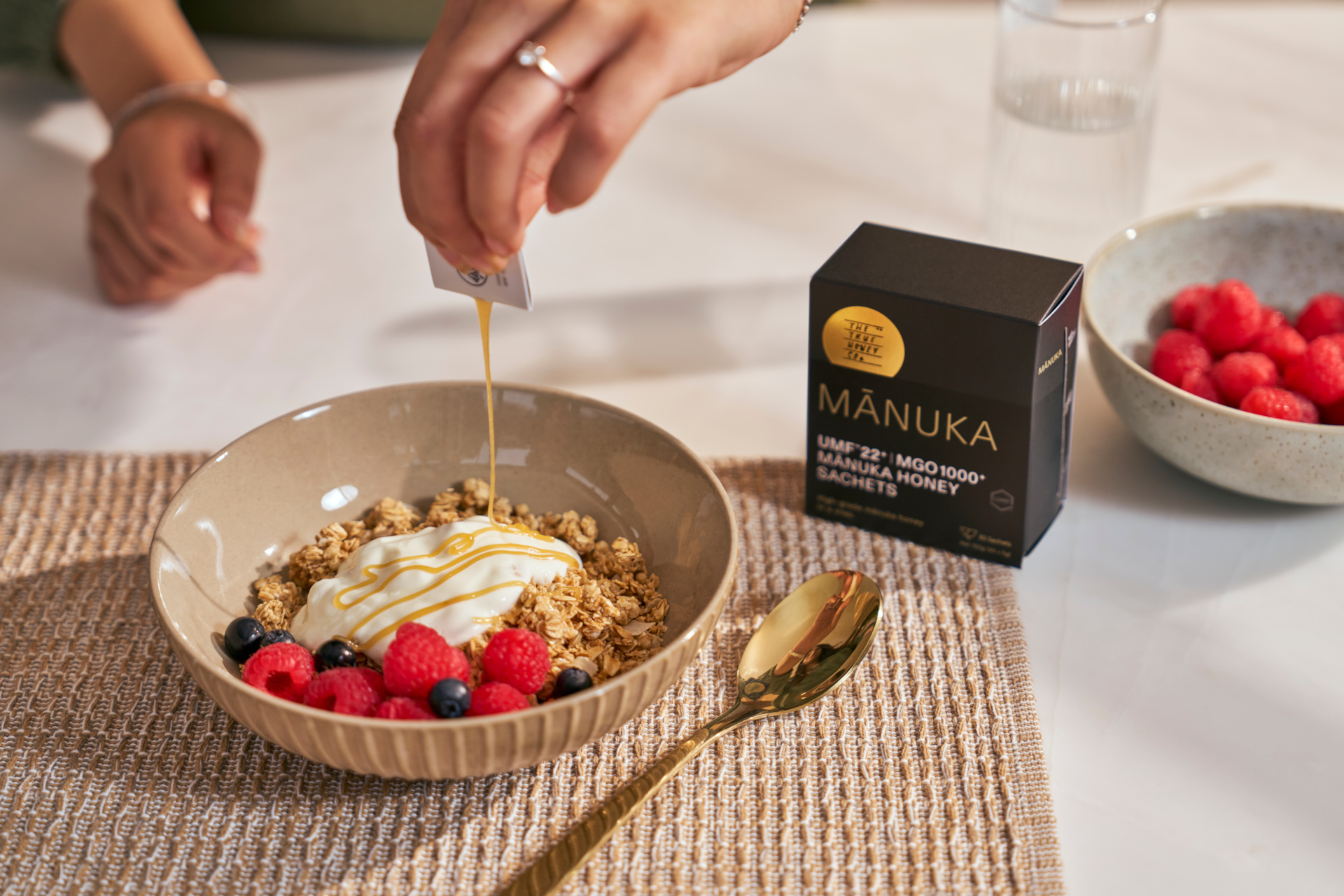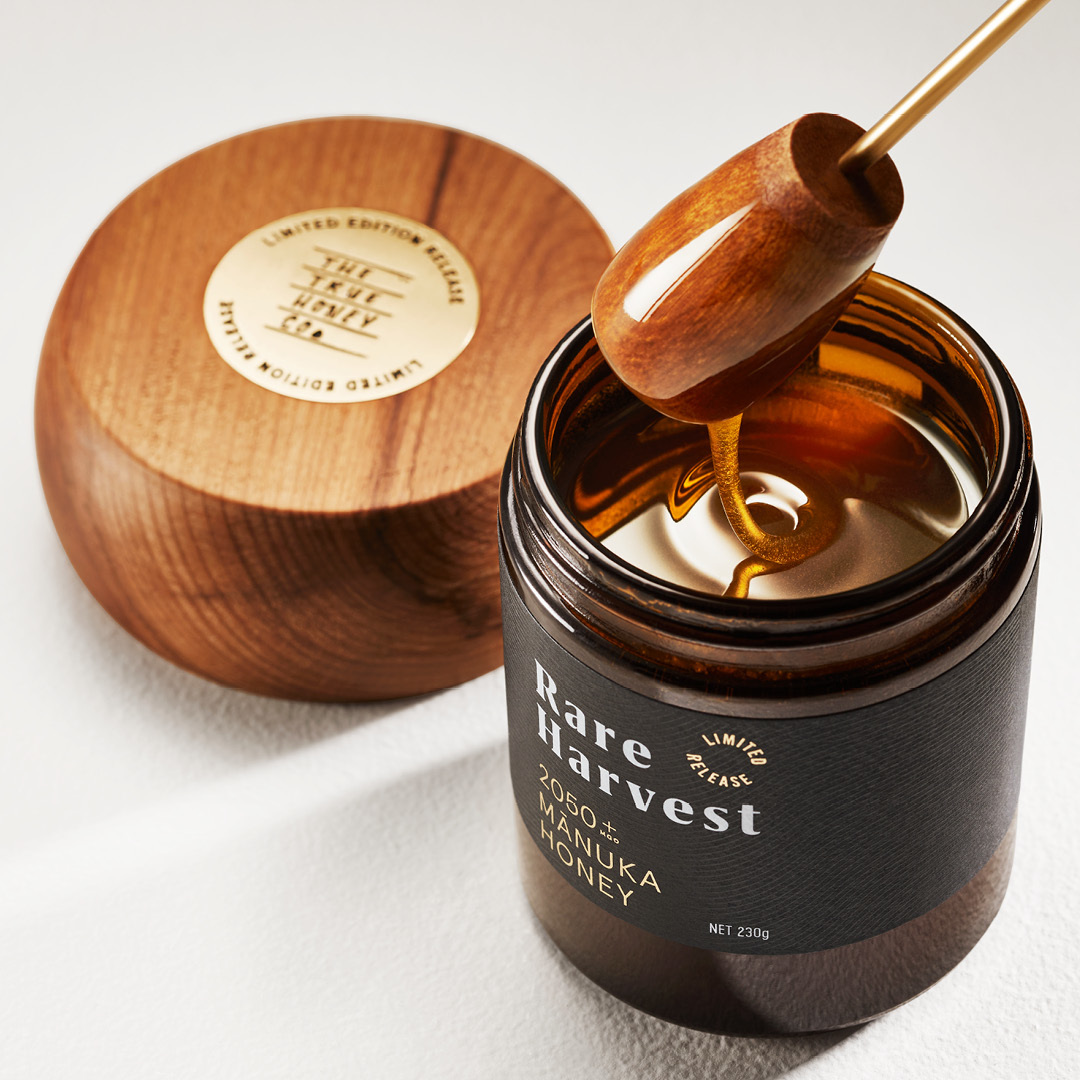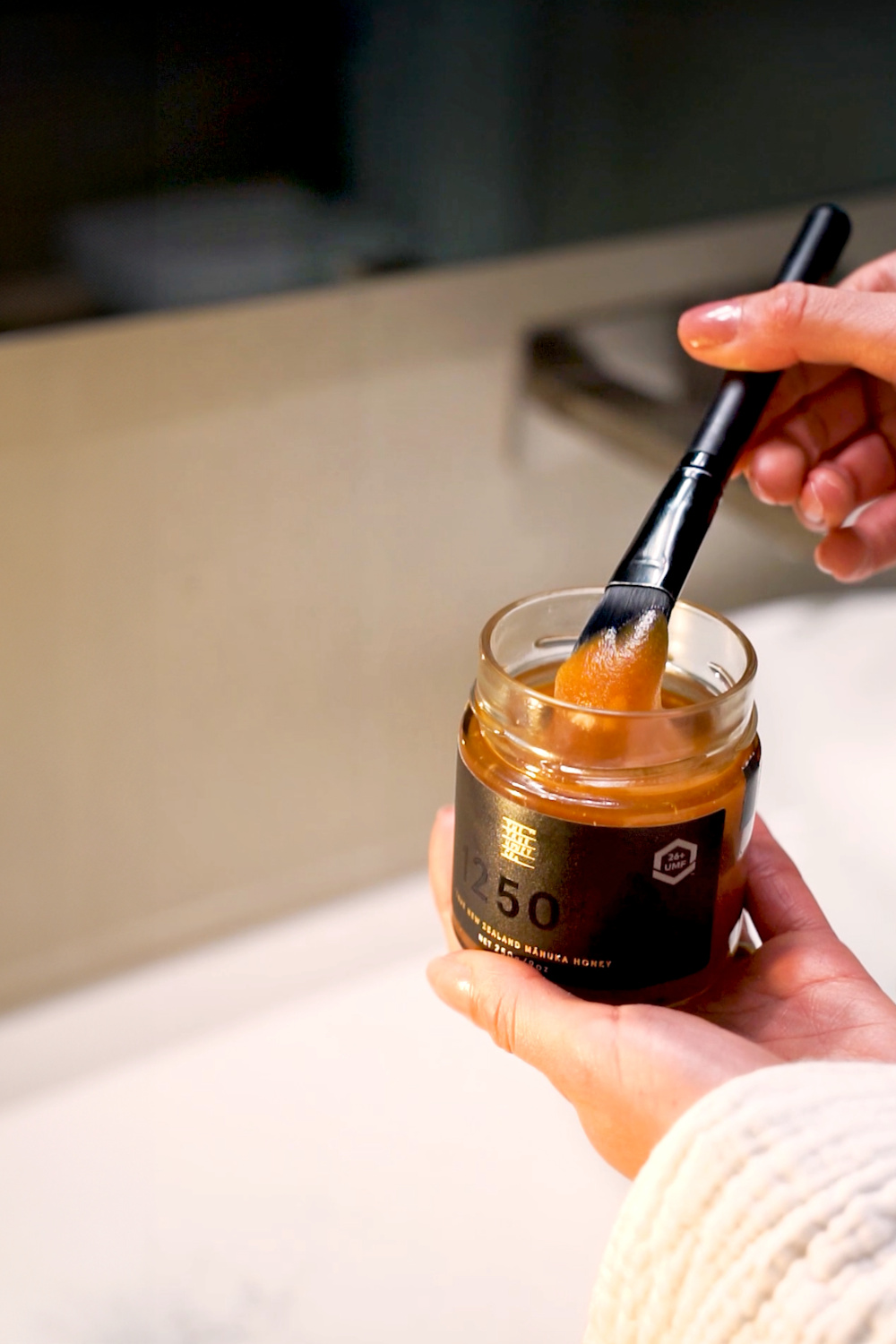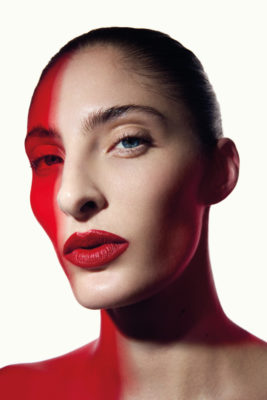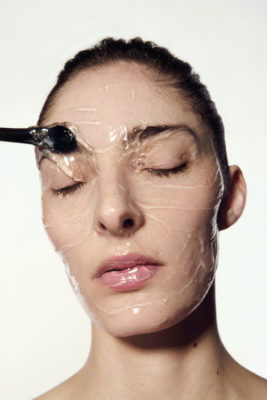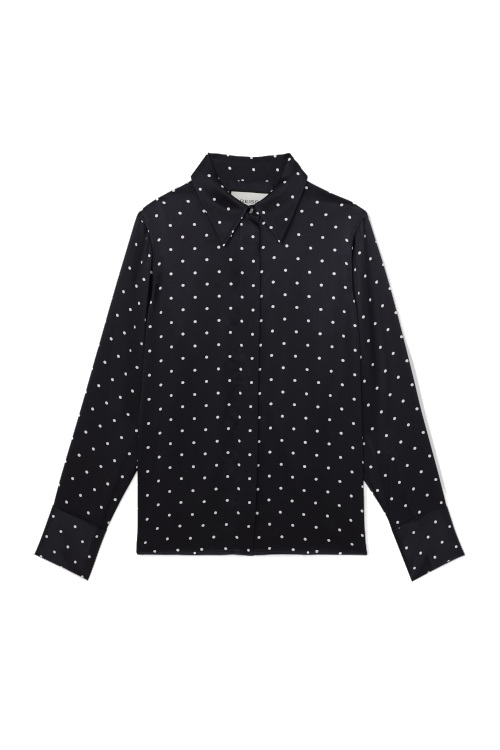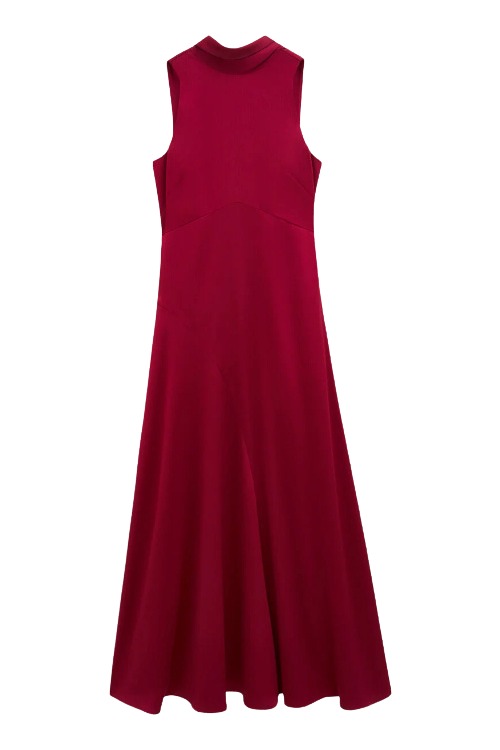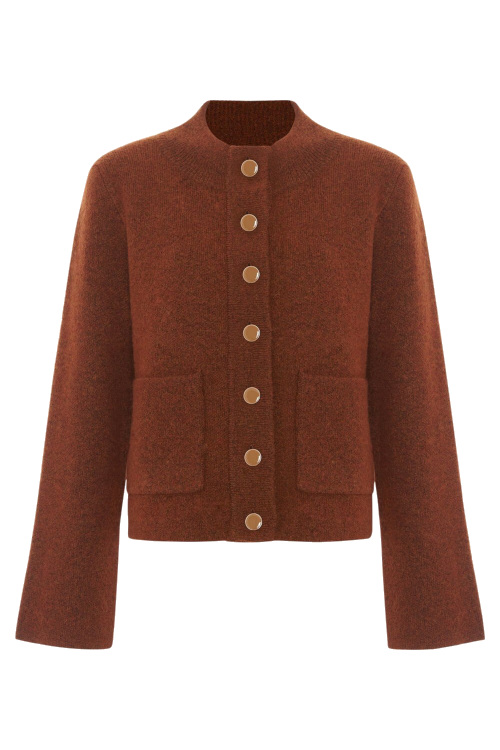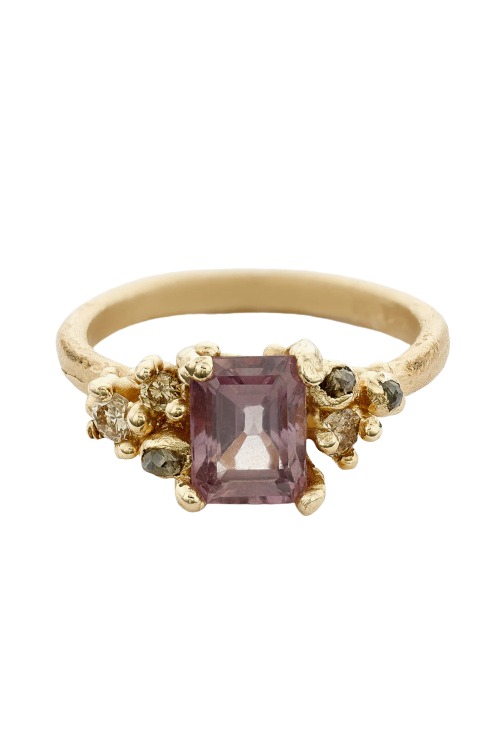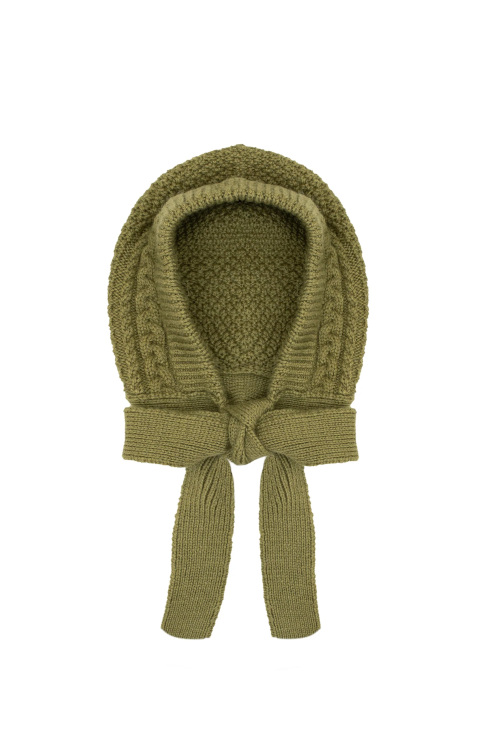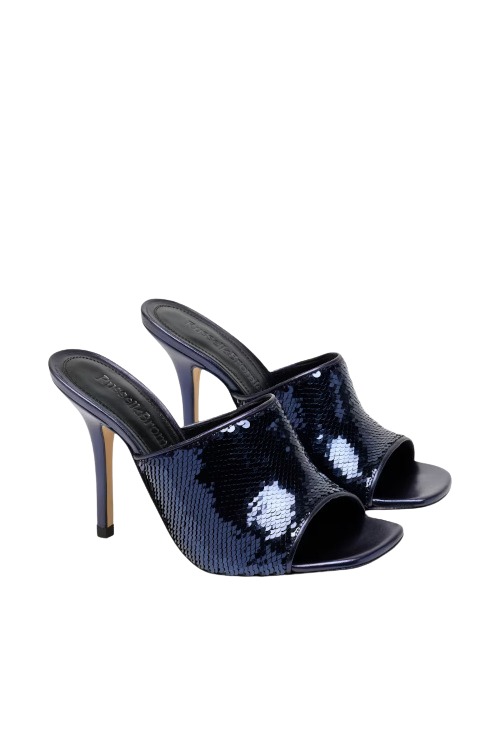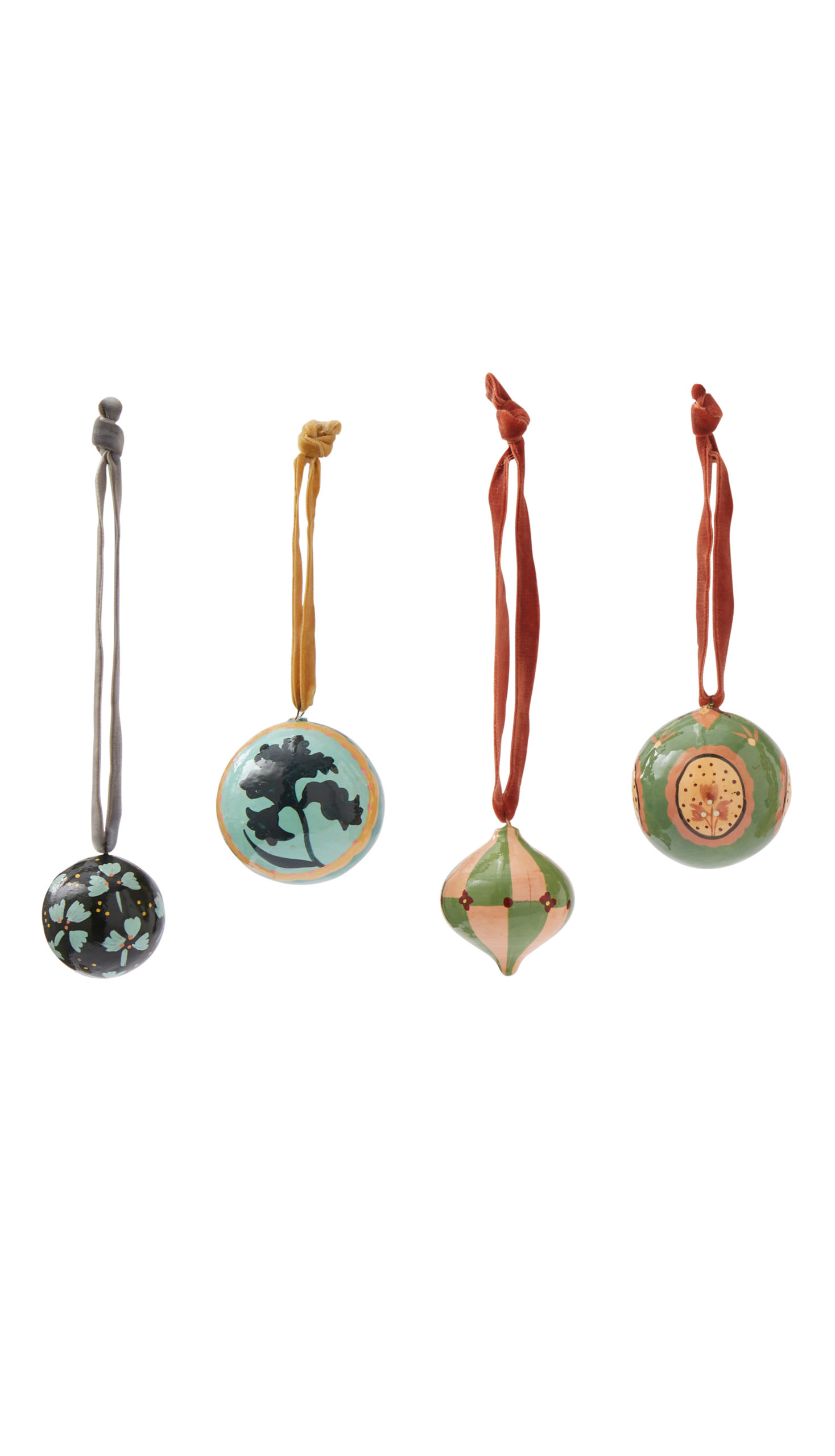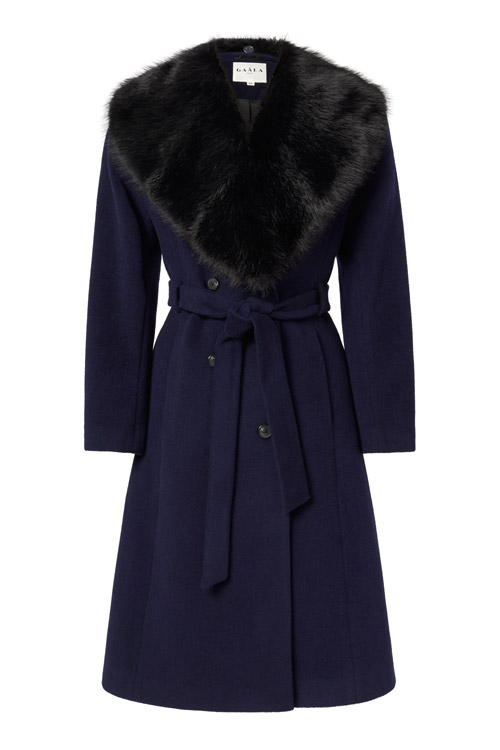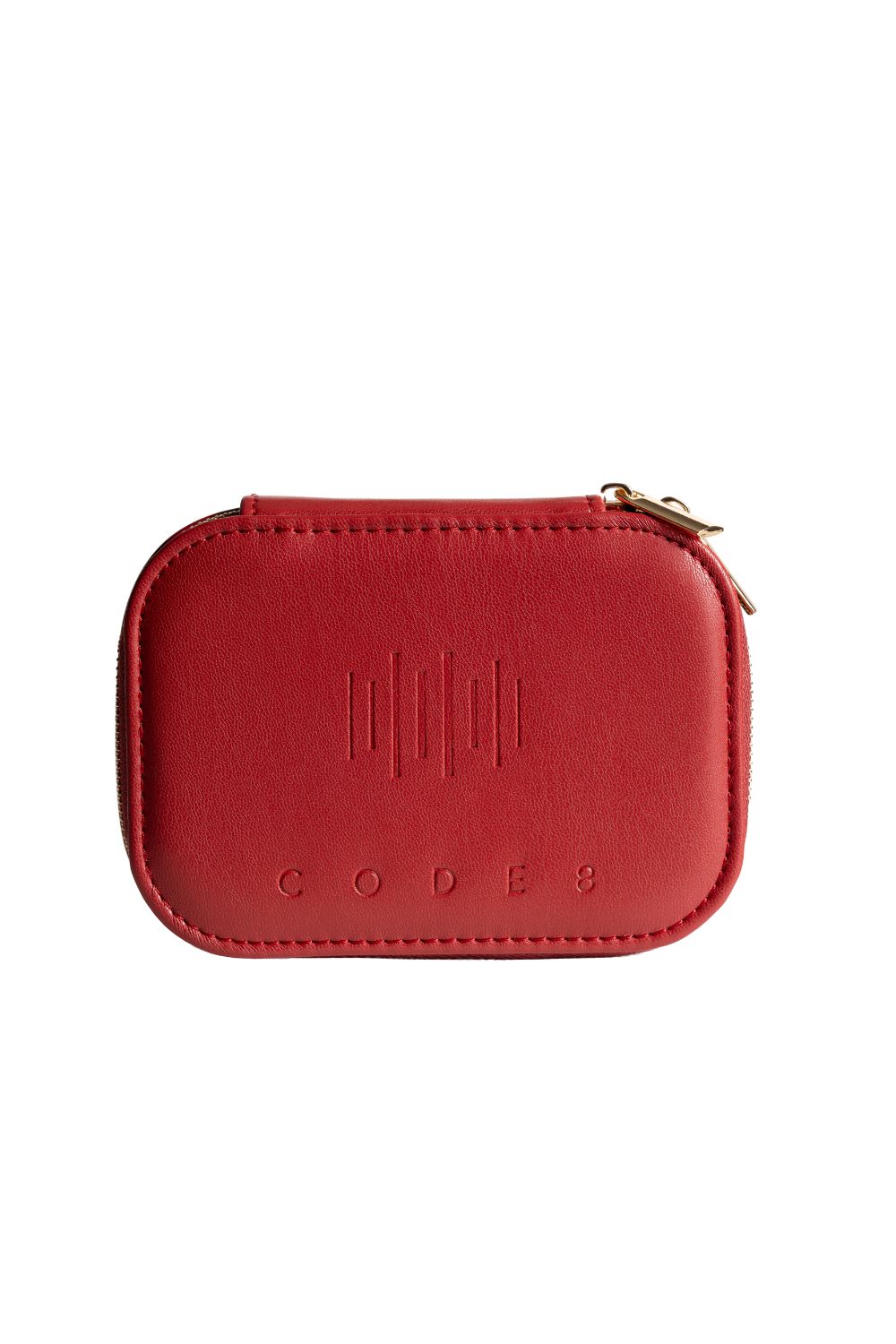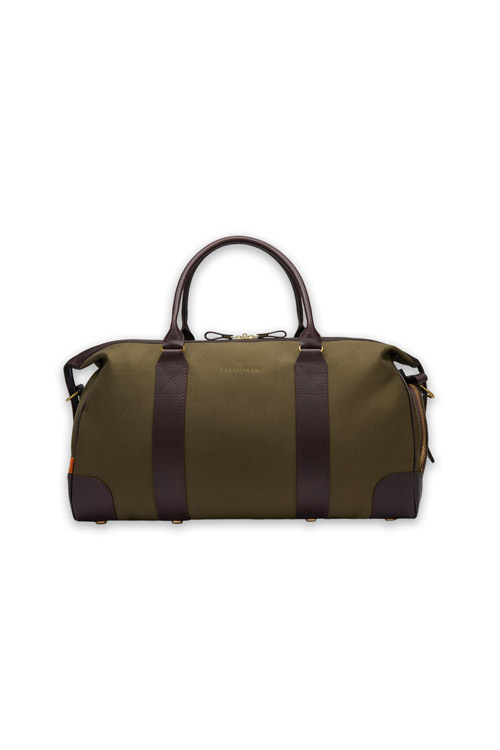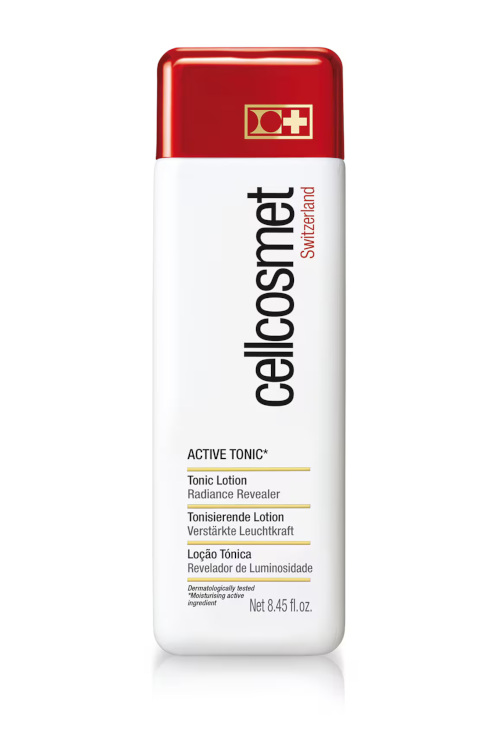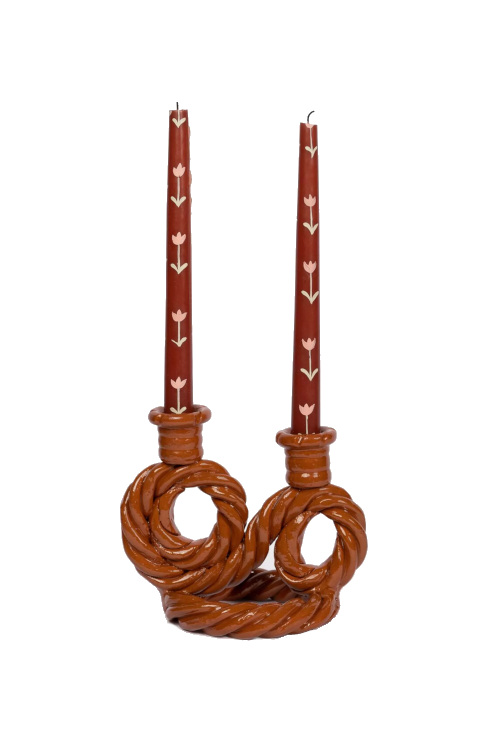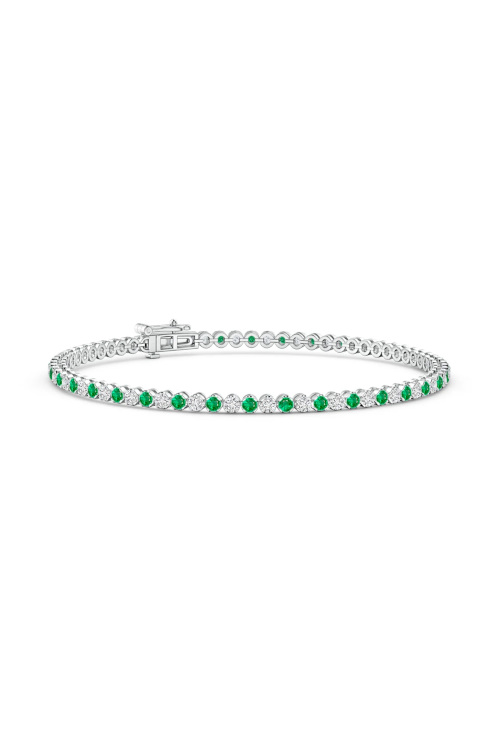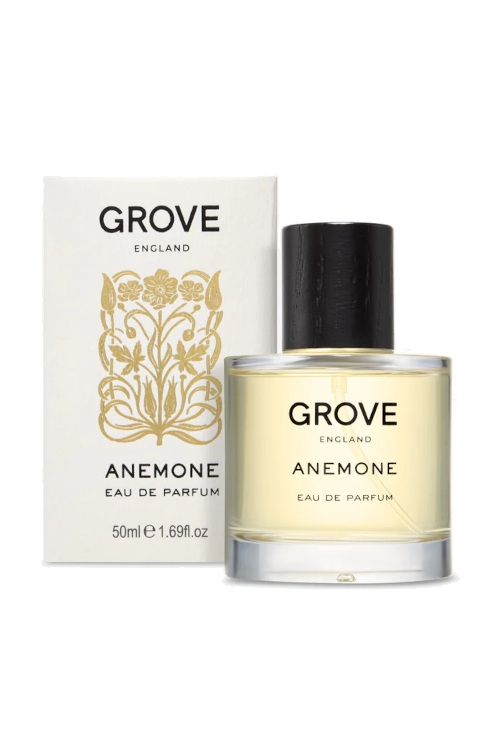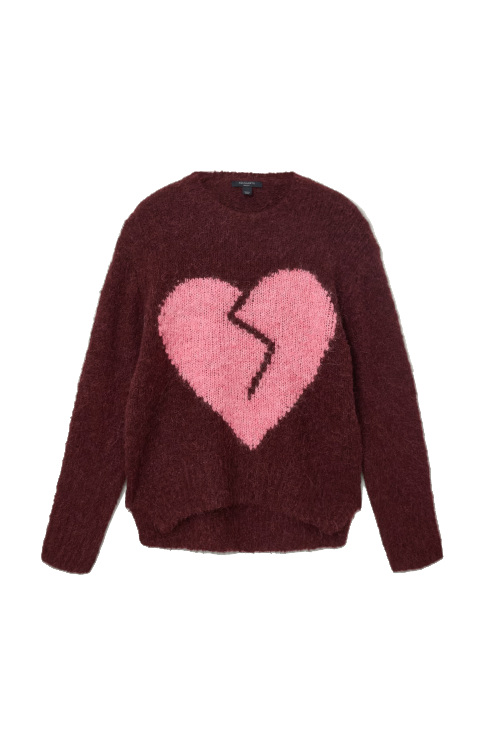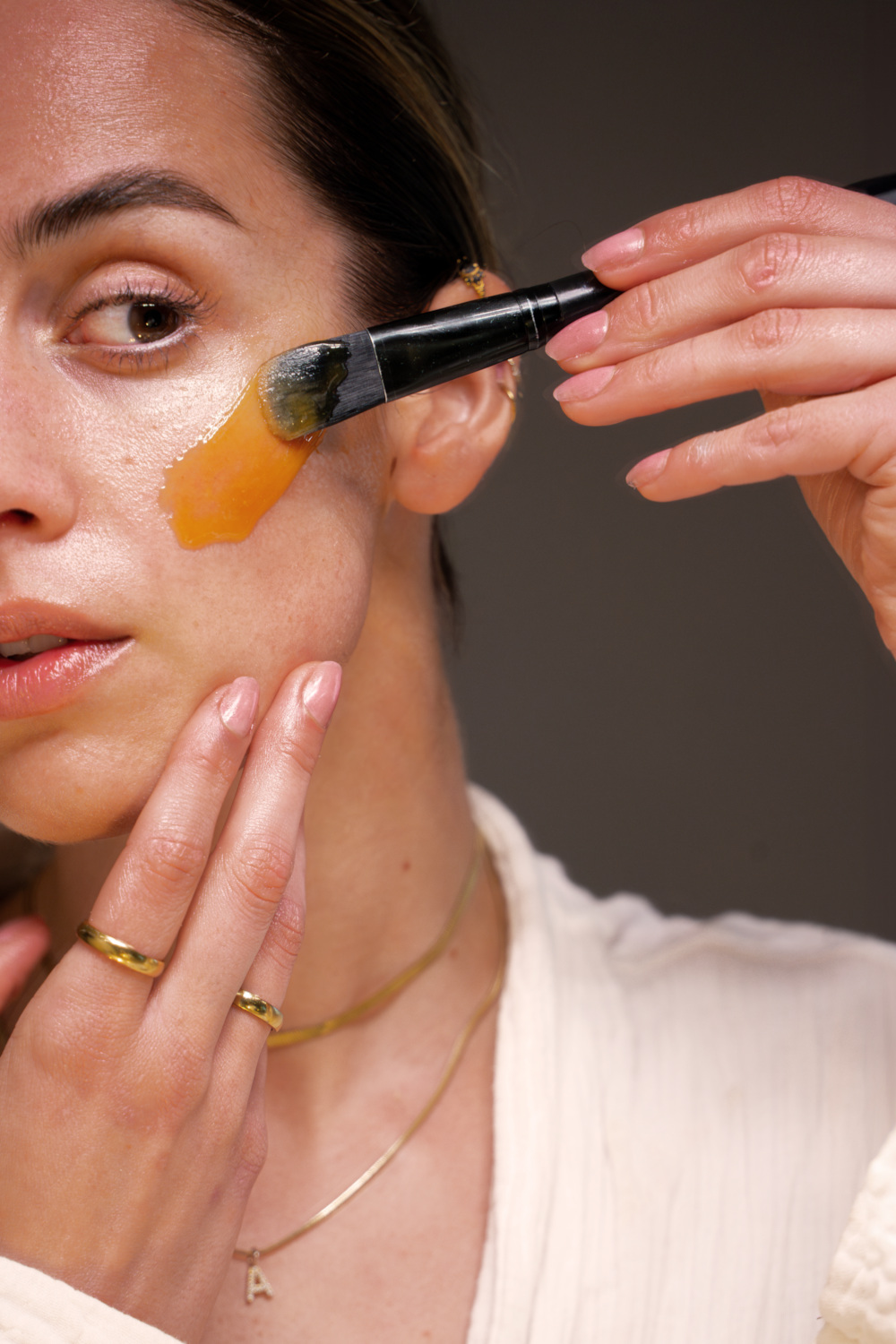
Is Mānuka Honey The Wellness Hero We Need In 2025?
By
6 months ago
Mānuka honey is having a huge moment in the health and wellness space this year
Whether it’s spooned over your breakfast granola, mixed into a cup of tea or taken to soothe a sore throat, honey goes far when it comes sweetening your day. The benefits of mānuka honey spread far and wide – from wound healing and digestive support to skin radiance and combatting colds – making it one of the buzziest (pun intended) products in the wellness space. We ask Jane Willersdorf, Chief Marketing Officer at The True Honey Co., what we need to know about the wonders of mānuka honey (and how it can benefit our overall wellbeing).
An Expert’s Guide To Mānuka Honey
What is mānuka honey?
Mānuka honey is a variety of honey made from the nectar of the mānuka flower, a plant native to New Zealand. Rich in taste and powerful by nature, mānuka has long been recognised by New Zealand’s indigenous Māori for its healing properties. Today, it’s revered worldwide as both a powerful superfood and a trusted natural medicine.
The mānuka plant grows throughout the country, particularly in the drier east coasts of both the North and South Islands. It’s also an important plant for regenerating eroded soil. By creating shade and shelter, it’s like a natural nursery for slower, more delicate native plants. It only flowers for a short time period of two to six weeks from the start of summer in New Zealand.
What makes it a standout ingredient in the world of wellness?
It’s not just honey — it’s a powerful, natural ingredient with roots in one of the most pristine environments on earth. And what I love most is that it’s a wellness source that is both ancient and modern. Used traditionally for its healing powers, and now backed by science, mānuka honey has earned its place in daily routines — whether it’s a spoonful to support immunity, a natural boost for digestion or even an ingredient in skincare.
In a noisy world of wellness trends, New Zealand Mānuka honey is a quiet, golden constant — authentic, effective and deeply nourishing, inside and out.
What does MGO and UMF stand for when it comes to mānuka honey?
Methylglyoxal (MGO) is the unique, naturally occurring antibacterial compound in mānuka honey. A higher MGO value indicates higher antibacterial activity, it also indicates higher levels of other active, beneficial compounds in the mānuka honey. A higher MGO number means higher potency and, typically, a deeper, richer flavour too.
MGO content is measured in a laboratory to determine how potent the honey is – 300 MGO is considered beneficial for health. Methylglyoxal is a key contributor to mānuka honey’s antibacterial, anti-inflammatory and antioxidant properties.
UMF™ stands for the Unique Mānuka Factor. UMF™ represents the most comprehensive, independently certified and internationally recognised quality assurance system for New Zealand mānuka honey. It’s designed to validate mānuka honey potency, authenticity, purity, shelf life and freshness for honey producers, brands, customers and consumers around the world. A certified UMF rating verifies the honey’s strength, purity and origin so you can be sure you’re getting the real deal. UMF tests for key markers like MGO, DHA and Leptosperin. Only genuine New Zealand mānuka honey can carry authentic UMF certification.
MGO is therefore one of the four factors tested to determine UMF. All mānuka honey producers can claim varying levels of MGO, however UMF certification requires deeper analysis and testing of each batch. UMF is the most internationally recognised, completely independent grading system for mānuka honey from New Zealand.
How you can tell you’re buying genuine, New Zealand honey?
The FernMark is your guarantee that mānuka honey is 100 percent produced, harvested and bottled in New Zealand. AsureQuality also independently audits every step of our supply chain from bee to you – ensuring each jar is safe and good to eat.
What are some of the top wellness benefits of mānuka honey?
Laboratory studies indicate that different levels of MGO in mānuka honey can offer different benefits for the body. A high MGO, for example, may help soothe sore throats, support oral hygiene and aid digestive comfort.
It’s suggested that 300, 400 and 500 MGO mānuka honey is great for enhancing daily health, as a natural sweetener, for pre-workout energy and for boosting immunity. MGO levels of 850 and 1000, meanwhile, are often chosen for more targeted use – like cold and flu season, digestion support or wound care. And then 1250 and 1500 MGO honeys are selected by those seeking the highest grade available, for both internal use and topical care.
Can you apply mānuka honey to wounds?
Mānuka honey is believed to be successful in aiding wound healing, due to broad spectrum antibacterial activity. A number of studies also support that there is a potential benefit of using mānuka honey for burn wound healing compared to standard antibiotic ointment.
What about skincare?
You can absolutely use mānuka honey in your skincare routine. Mānuka honey is naturally antibacterial and rich in antioxidants, which makes it a gentle but effective way to calm irritation, draw moisture into the skin, and support a clearer, more balanced complexion. And while studies are scarce, mānuka honey is also known to be effective for acne due to its aforementioned antibacterial nature. No added nasties, just straight from nature.
Once a week, I apply a small amount of high-grade mānuka honey to my face, leave it on for 20 minutes, then gently wipe it off with a warm cloth. Because it’s pure enough to eat, I trust it completely on my skin.
What’s the best way to use/take manuka honey?
I would suggest to try and consume foods or ingredients in their most raw and natural form – simply taking mānuka honey from a spoon is the way I enjoy it. I also use this as the key ingredient to sweeten smoothies or snacks for my children.
What’s the recommended intake?
We recommend one teaspoon a day to maximise health benefits.
Does mānuka honey expire?
Technically not – there are stories of honey having been found in pyramids and still being good to eat. However, to meet food safety standards we include a best-before date on all our products. For jarred honey in the UK, it is three years.
About The Expert
Jane Willersdorf is the Chief Marketing Officer at The True Honey Co. Under Jane’s leadership, the brand has created a Rare Harvest 2050 MGO mānuka honey, which achieved the highest Unique Mānuka Factor (UMF™) rating ever documented at 34 UMF™. Jane’s dedication to authenticity, quality, and storytelling has not only enhanced The True Honey Co.’s brand image but also solidified its position as a producers of the world’s finest mānuka honey and now wellness products.


